
2011 was originally going to be the year of Sony with the electronic giant planning on releasing a host of new software and hardware products that were designed to help the ailing company not only catch up to competitors but also offer something new. Things however would quickly change for the company when their main operations in Japan were hit by devastating earthquakes and tsunamis that would cause supply constraints and delays to the PlayStation Vita. Speaking of all things PlayStation, in mid 2011, hackers would have their way with the PlayStation Network, leaving Sony to take the service down for over a month for a complete rebuild, and forcing Sony to eventually rename their Qriocity services. Designed to compete with Apple’s iTunes services and perform as the backbone of Sony’s digital efforts, Qriocity (now titled Music and Video Unlimited) is designed to power and feed Sony’s growing array of products like their tablets, Android phones, and Bravia televisions with digital content. Late in the year, Sony’s Thailand plants would submerge under water due to massive flooding because of which their new and highly anticipated NEX cameras would be delayed for months.
In short, Sony’s strategic comeback, which had been in the works for the past few years, quickly led to the company to fall further behind competitors while the company recorded massive losses. So will 2012 be any different? A quick look at Sony’s product lines, and recent acquisitions will paint a much brighter picture.
PlayStation 3 and PS Vita
Despite being affected by the PSN outage, the PlayStation 3 continued to gain traction on Microsoft’s Xbox 360, which came out a year prior to the PS3, and has enjoyed a lower price point compared. Now, the PS3 leads against the 360 in both Europe and Japan while the 3D-enabled console has made considerable headway in the US, leaving a less-than-2% total sales difference between the two consoles as sales come ahead of expectation. With a slew of exclusives planned for the console, including StarHawk, Twisted Metal, and The Last of Us in addition to a likely price drop to $199 at E3, the PlayStation 3 could finally dethrone its rival from Redmond.
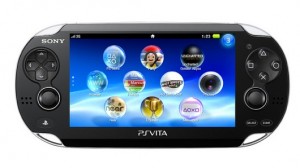 The biggest stumble for the unreleased PS Vita, due to the tsunami and earthquakes in Japan, has been the fact that the PS3-like portable console has yet to be release in the US, causing it to miss out on crucial holiday sales. Still, the PS Vita was released in Japan with great initial sales and has received praise from across the board with excellent reviews. With a solid series of launch games, including UNCHARTED: Golden Abyss, wipEout 2048, and ModNation Racers: Road Trip, the Vita has something to offer for all gamers.
The biggest stumble for the unreleased PS Vita, due to the tsunami and earthquakes in Japan, has been the fact that the PS3-like portable console has yet to be release in the US, causing it to miss out on crucial holiday sales. Still, the PS Vita was released in Japan with great initial sales and has received praise from across the board with excellent reviews. With a solid series of launch games, including UNCHARTED: Golden Abyss, wipEout 2048, and ModNation Racers: Road Trip, the Vita has something to offer for all gamers.
Sony Smartphones
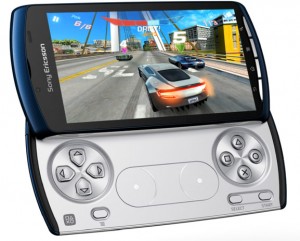
Luckily for Sony’s smartphone devision, 2011 had no real bad news but with no big gains for the company, 2011 would end on a quiet note. Competitors should have heeded this as the calm before the storm as, though things were quiet on the sales and expansion from Sony during 2011, the company was anything but quiet behind the scenes. Sony Ericsson’s biggest fault in the US has always been a lack of partnerships with major carriers. While releasing unlocked phones at full price in Europe and Japan might work, the US market has long been tied to two-year contracts with prices of phones cut by 2/3. Sony has since learned this lesson as the company partnered with Verizon and AT&T to offer their Xperia PLAY. Speaking of partnerships, Sony Ericsson, the company once behind on Android releases, has been quick to bring Android 2.3 to their smartphones and has an aggressive plan to release Android 4 Ice Cream Sandwich on a range of their smartphones. With Ericsson now out of the picture for 2012 after Sony bought out the remaining stakes in the partnership to bring all mobile phone operations in house for 2012 and on, a new set of friends at AT&T and Verizon, and an aggressive Android strategy, all Sony needs is to align the three pillars with a new lineup of phones and a marketing strategy to start winning back shares from main rival Samsung and HTC.
Sony Televisions
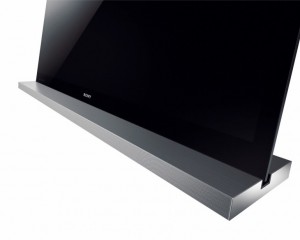 Sony fans tend to cringe when they hear Samsung televisions being compared to their beloved Bravia TV. While the two companies have shared an LCD plant, Samsung has had a barrage of advertisements with lower-priced television sets, leading Sony to lose market share and post an eight consecutive loss for their Bravia division. On the other hand, Sony has been unable to properly market their televisions and educate customers on the difference between the two brands. So how will 2012 be different? The big news from Sony was just announced last week that the company would sell its remaining shares of their Samsung LCD partnership for $939 to Samsung, instead opting to buy from the company. With Sony now a customer instead of a partner, the company hopes to achieve better costs on LCD while removing the headache and costs that go into manufacturing them. The other shakeup that started in late 2011 and could lead to big things in 2012 is from a company who currently produces zero televisions: Apple. With the passing of Steve Jobs and release of his biography, the Apple CEO famously stated that he had finally “cracked” the television market. With nothing more than a line, the TV business has gone into a frenzy, attempting to beat Apple to the punch in what they believe will be a television, powered by Siri, Apple’s all new voice-enabled assistant. So how does this translate for Sony? The company who’s fallen behind to Samsung in sales and to Apple in imagination is looking to reinvent the television and you can bet that Music and Video Unlimited will play a big part of it in addition to recent restructuring plans. We don’t know what else is in store from the electronic giant but Sony’s CEO seems to think the company has an ace up their sleeve.
Sony fans tend to cringe when they hear Samsung televisions being compared to their beloved Bravia TV. While the two companies have shared an LCD plant, Samsung has had a barrage of advertisements with lower-priced television sets, leading Sony to lose market share and post an eight consecutive loss for their Bravia division. On the other hand, Sony has been unable to properly market their televisions and educate customers on the difference between the two brands. So how will 2012 be different? The big news from Sony was just announced last week that the company would sell its remaining shares of their Samsung LCD partnership for $939 to Samsung, instead opting to buy from the company. With Sony now a customer instead of a partner, the company hopes to achieve better costs on LCD while removing the headache and costs that go into manufacturing them. The other shakeup that started in late 2011 and could lead to big things in 2012 is from a company who currently produces zero televisions: Apple. With the passing of Steve Jobs and release of his biography, the Apple CEO famously stated that he had finally “cracked” the television market. With nothing more than a line, the TV business has gone into a frenzy, attempting to beat Apple to the punch in what they believe will be a television, powered by Siri, Apple’s all new voice-enabled assistant. So how does this translate for Sony? The company who’s fallen behind to Samsung in sales and to Apple in imagination is looking to reinvent the television and you can bet that Music and Video Unlimited will play a big part of it in addition to recent restructuring plans. We don’t know what else is in store from the electronic giant but Sony’s CEO seems to think the company has an ace up their sleeve.
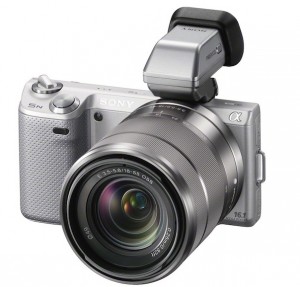
Sony Cameras
If the above sounds like a picture perfect year for Sony, then let’s not forget Sony’s award-winning camera lineup. 2011 might not have been a good year for Sony’s camera division but that was mainly out of the company’s hands. In 2012, the Sony NEX-5N and NEX-7 are looking to challenge the competition with the compact 16- and 24-megapixel cameras with 1080p already receiving praises from users and reviewers. With proper production in 2012 and Sony’s Alpha A77 joining the lineup, Sonys hybrid and DSLR cameras are beating rivals Nikon and Canon with innovation and creativity while they continue to offer more of the same.
Agree or disagree? Let’s talk after the jump.



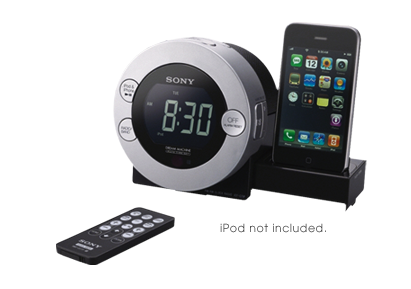




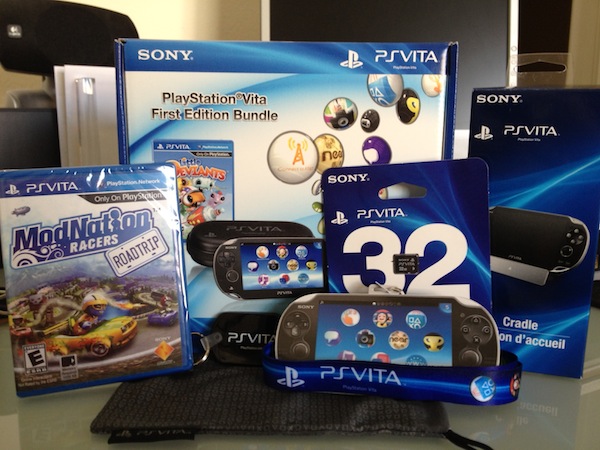
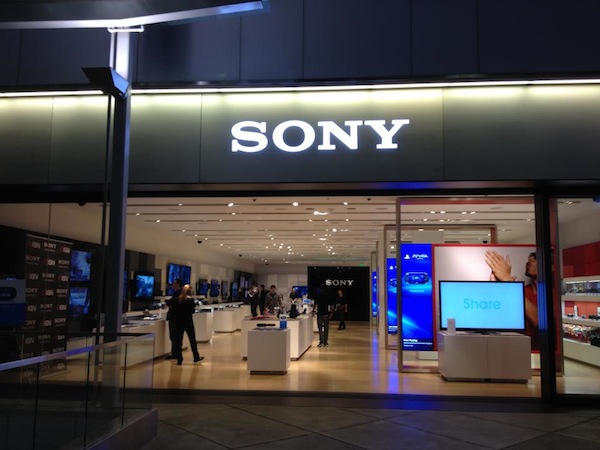


 It’s that time of the year again where we like to look back at the site and see where it was in 2011 and where we want it to head towards in 2012. One thing is simple and for certain: that we grew, and grew by a lot. Our website traffic has doubled compared to a year ago and so has the number of stories we’ve covered. In fact, in 2011, we posted 706 different articles and attended many industry events like
It’s that time of the year again where we like to look back at the site and see where it was in 2011 and where we want it to head towards in 2012. One thing is simple and for certain: that we grew, and grew by a lot. Our website traffic has doubled compared to a year ago and so has the number of stories we’ve covered. In fact, in 2011, we posted 706 different articles and attended many industry events like 
 The biggest stumble for the unreleased PS Vita, due to the tsunami and earthquakes in Japan, has been the fact that the PS3-like portable console has yet to be release in the US, causing it to miss out on crucial holiday sales. Still, the PS Vita was released in Japan with
The biggest stumble for the unreleased PS Vita, due to the tsunami and earthquakes in Japan, has been the fact that the PS3-like portable console has yet to be release in the US, causing it to miss out on crucial holiday sales. Still, the PS Vita was released in Japan with 
 Sony fans tend to cringe when they hear Samsung televisions being compared to their beloved Bravia TV. While the two companies have shared an LCD plant, Samsung has had a barrage of advertisements with lower-priced television sets, leading Sony to lose market share and post an eight consecutive loss for their Bravia division. On the other hand, Sony has been unable to properly market their televisions and educate customers on the difference between the two brands. So how will 2012 be different? The big news from Sony was just announced last week that the company would sell its remaining shares of their Samsung
Sony fans tend to cringe when they hear Samsung televisions being compared to their beloved Bravia TV. While the two companies have shared an LCD plant, Samsung has had a barrage of advertisements with lower-priced television sets, leading Sony to lose market share and post an eight consecutive loss for their Bravia division. On the other hand, Sony has been unable to properly market their televisions and educate customers on the difference between the two brands. So how will 2012 be different? The big news from Sony was just announced last week that the company would sell its remaining shares of their Samsung 

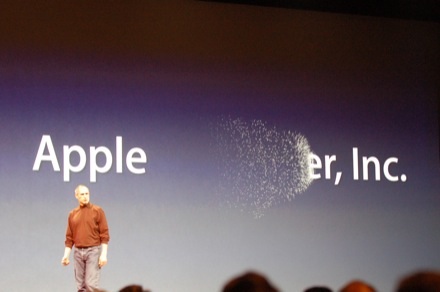




You must be logged in to post a comment.